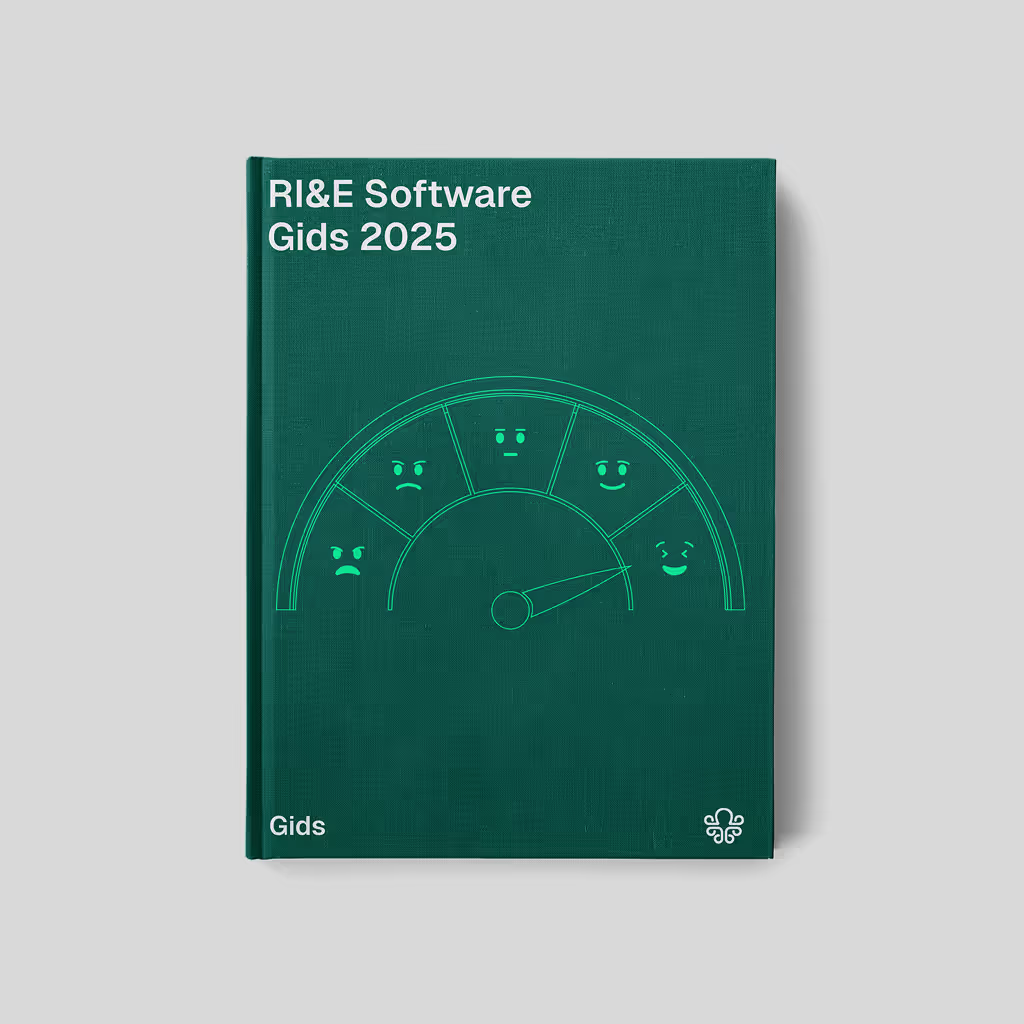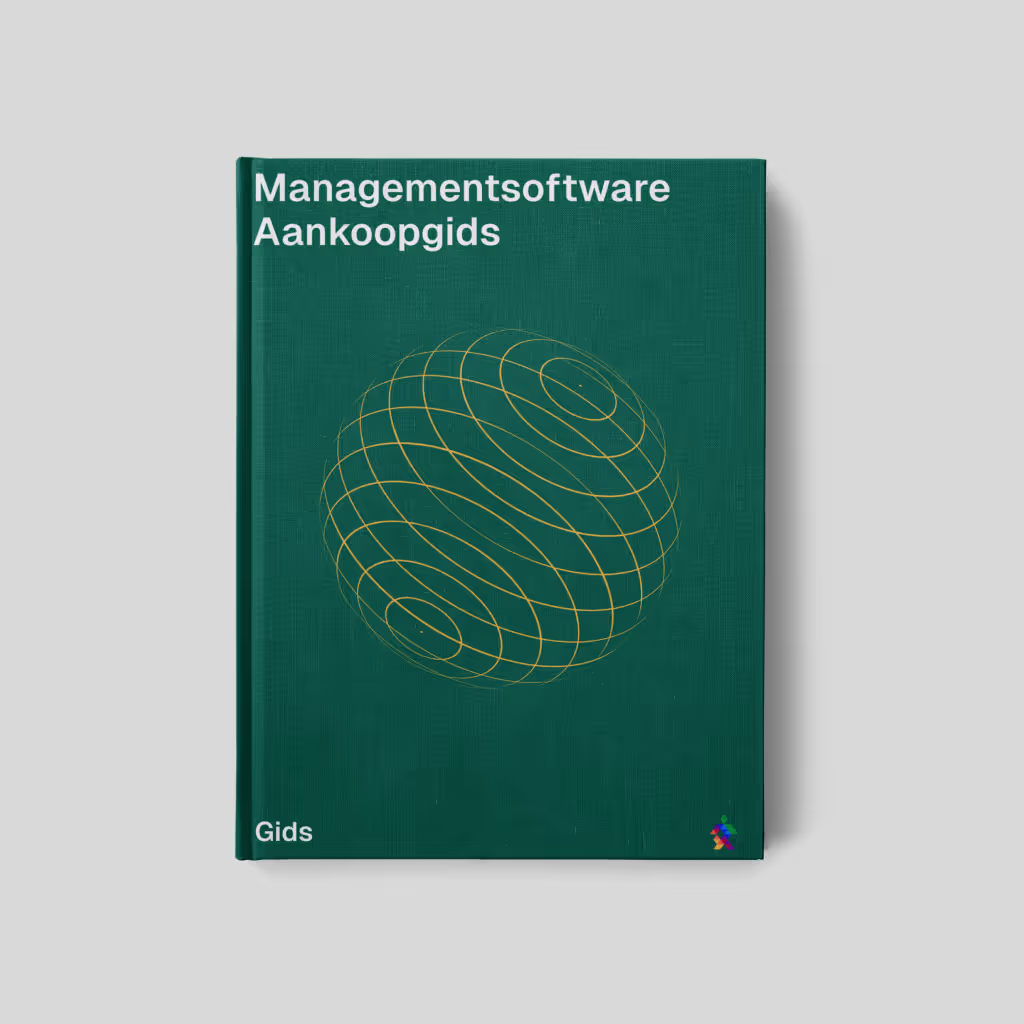As a consultant, KAM manager, auditor or other person involved in business operations, you encounter many things in daily practice. Management systems and operations are often experienced internally as two separate worlds. On the one hand, a management system is often seen as something exotic, involving only a few within the organization. The reality is often different. In practice, quality management right for every employee.
The fact that the phenomenon should not exist from a business point of view is evident when we provide a definition of business operations and quality management. For convenience, the focus is now consciously on quality, but this can of course also apply to other areas such as health and safety, the environment, information security just to name a few examples.
Definition of quality management
As a definition of quality management we can use the following:
Quality Management is a branch of management. She strives for the highest possible quality of a product, production process, service or organization. Quality Management is not a defined field, but is reflected in all parts of a company.
Source: Wikipedia
In practice, a well-implemented quality management system ensures satisfied customers.
Business management definition
As a definition of business operations, we can use the following:
Business operations are about how a company or organization is run or managed. Another word used for business operations is management.
Source: Ensie
An important observation is that business operations include everything a company uses to keep its customers happy.
So what is immediately striking is that both business operations and quality management be part of the management's range of tasks and have customer satisfaction as a goal.
This fact leads directly to the question why. quality management in practice, isn't it often considered something 'exotic' and not part of business operations? There are a number of explanations for this.

1. “We have a guy for that”
Do you recognize this statement? I've met him regularly in practice. This' man 'within the company ensures that the quality management system functions properly. And that is strange. Is that 'guy' within the organization also about billing? About preparing quotes and confirming the order? About designing the products? About dealing with all anomalies? Does a quality management system therefore not apply to all your employees and not exclusively to the 'man''s field?
2. Primary process = Business
In many organizations, there is the idea that business operations are only about all activities within the primary process. The process in which your product or service is created. Is that true? If customer satisfaction is the goal, isn't it important that your organization works with skilled employees? With well-calibrated measuring instruments? That your customer is dealing with a learning organization in which errors are evaluated so that they do not occur again?
3. Terminology
Many organizations with a quality management system face ISO standards as soon as the system needs to be certified. A whole new world then opens up for many employees, especially when it comes to the terminology used. The person in your organization who is responsible for maintaining the quality management system may unconsciously throw terms around the organization that are not understood. It will not be the first time that you lose the attention of your employees as soon as the terms “identification”, “traceability”, “monitoring”, etc. are used. The thought then becomes: “This is probably not about me”.
4. No added value
Due to the wrong advice and interpretation of ISO standards, it can happen that activities within your organization will take place without added value. For example, as soon as it is decided to set up a “vendor rating” method for assessing suppliers, when in practice this is already regulated otherwise, this is already the case.
5. Paper tiger
Quality management systems are still often associated with a paper tiger.
The proper functioning of quality management systems is also subject to evolution. The idea that quality can only be experienced from paper (read: work instructions) is long behind us; an insider would answer: “That was from the end of the last century.”
How can a consultant, KAM manager, auditor or other person involved help to better align the experience of a quality management system with business operations?
The key here lies with management. After all, it is a quality management system. Management is also responsible for customer satisfaction. What choices can management now make to contribute to this?
1. The 'male' within your organization is management itself
Of course, management can choose to be supported by internal or external persons to implement and maintain the quality system. Ultimately, it must hold itself accountable for the proper functioning of the quality management system. In doing so, it is important to realize that the “issues of the day” relate to both business operations and the quality management system. After all, doesn't a well-implemented quality management system also aim for satisfied customers? Isn't exotic therefore something for a faraway vacation resort and not for your organization?
2. Business operations = all processes
The idea that business operations only have to do with primary processes covers only part of the load. Here, too, the solution lies in a wider involvement of management. No primary process can function optimally without the influence of management, improvement and support processes. Showing good leadership is the key word here. After all, good leadership is not about wanting to be the best yourself, but about making the entire organization function at its best.
3. Proprietary terminology
Management must ensure that there are too many terms from standards such as ISO 9001, trickle down to the organization where it's not understood. Only one session of attention is needed to determine which internal, already used terms match the terms in the standard. For example, “identification” internally within your organization may be called “labeling” and “traceability” may be referred to as “retrieval.” In other words, make the most common terms relevant to your organization.
4. Only added value
Tasks that are carried out that are not added value, but for example have to be “in accordance with ISO”, are best prevented by management. Here, too, a careful session can ensure that insufficient knowledge about process and standard interpretation is prevented and tasks can be carried out without creating a feeling that something is' pointless' or 'redundant', but still working in accordance with the standard.
5. Working digitally
If the term paper tiger came from the end of the last century, the current era can be described as the digital age. And working digitally means more than working with word processors and spreadsheets. In the ISO2HANDLE white paper it is clearly described how working digitally and a quality management system go hand in hand. Working with a digitized management system is therefore the future.

What can ISO2HANDLE contribute to this?
ISO2 HANDLE can make an important contribution to the experience that good business operations also mean the proper functioning of a quality management system.
1. Everyone has access to the system
With ISO2 HANDLE all your employees have access to the management system. This is no longer only accessible to the “man” who may have currently made you responsible for maintaining the quality management system. This creates many new opportunities for your organization, by giving multiple employees, including management themselves, access to the digital system and assigning tasks.
2. All processes in one system
Because ISO2 HANDLE is designed to provide support for all processes, the use of the system helps to develop awareness that business operations go beyond just the primary process of your organization.
3. Proprietary terminology
It's inside ISO2 HANDLE possible to apply your own terminology to all parts of the application. ISO2 HANDLE makes it possible to use 'predefined' terminology flexibly.
4. Create your own added value
Because it's inside ISO2 HANDLE if you can create, modify forms yourself, or build a structure that matches your current quality management system, you can decide how you want to achieve important registrations. The experience of “no added value” is therefore a thing of the past.
5. Working digitally
With ISO2 HANDLE you work according to the latest insights into what working with a digitized management system means in practice. Because the fact that a quality management system is synonymous with a paper tiger is outdated.
If you want to take on the challenge of making the experience of your management system (better) match your business operations, visit our website. ISO2 HANDLE works with knowledgeable partners who work with you and ISO2 HANDLE can take a step towards this.
Do you have more questions or comments? We'd love to hear about it!
Quality, Health, Safety and Environment?















